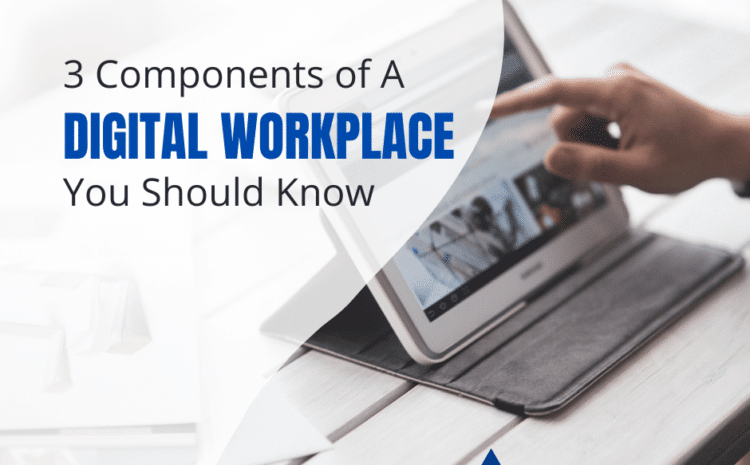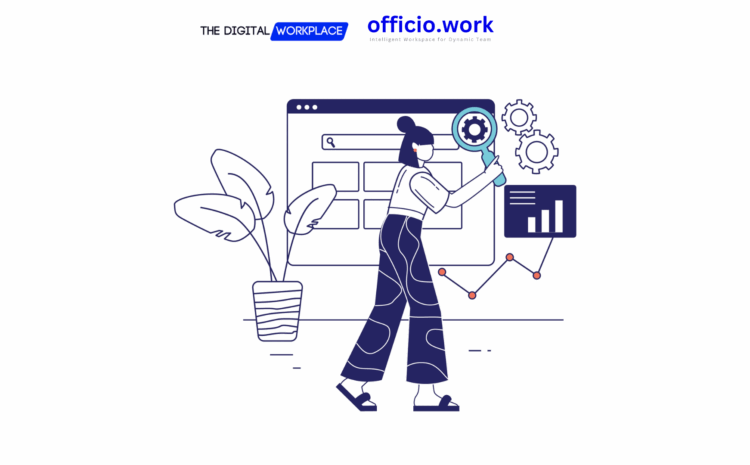
Transitioning to a more remote environment might not have been easy for some industries. But Covid-19 has shown us that work that could be done remotely, can be done.
Some companies have already transitioned to the digital workplace and found that it has helped them in many ways. For example, remote working has allowed them to save on office space, reduce travel expenses and improve employee productivity by reducing distractions. This is not only because it saves the company on overhead costs but also because it increases productivity and employee satisfaction.
Are businesses Ready for this transition?
Some interesting facts to share.
70% of the top global brands are now digital and tech companies.
64% of the people on the planet have access to a smartphone.
So, the answer is a definite yes. The question remains on how to have a smooth transition.
If business owners don’t have the desire and the strategy to meet the disruptive power of digital, then they are likely to be in trouble. But first, get to know the 3 different components of a digital workplace.
1. People
The success of a successful transition to a digital workplace ultimately comes down to “people”. A digital workplace empowers your employees to drive knowledge management and collaborate in ways that make sense to them and deliver value. What’s left for business owners to do with their people is to empower them.
2. Tools
Harness the benefit of a holistic digital workplace strategy. Digital workplace are meant to integrate everything that is required to drive business success. Create a digital workplace strategy that articulates and helps identify the appropriate tools and technology needed, according to the business processes and requirements.
Ultimately, a digital workplace should drive employees to work together, no longer in silos.
3. Culture
Understand your employees’ needs and develop a digital workplace strategy that aligns with your organization’s work culture. The digital workplace will improve Collaborations, Communications & Connections among the team.
Implement a digital workplace strategy that will align and guide the team to a positive and productive work culture.
Understanding these 3 components will enable a business to transition smoothly to remote or hybrid work settings.





